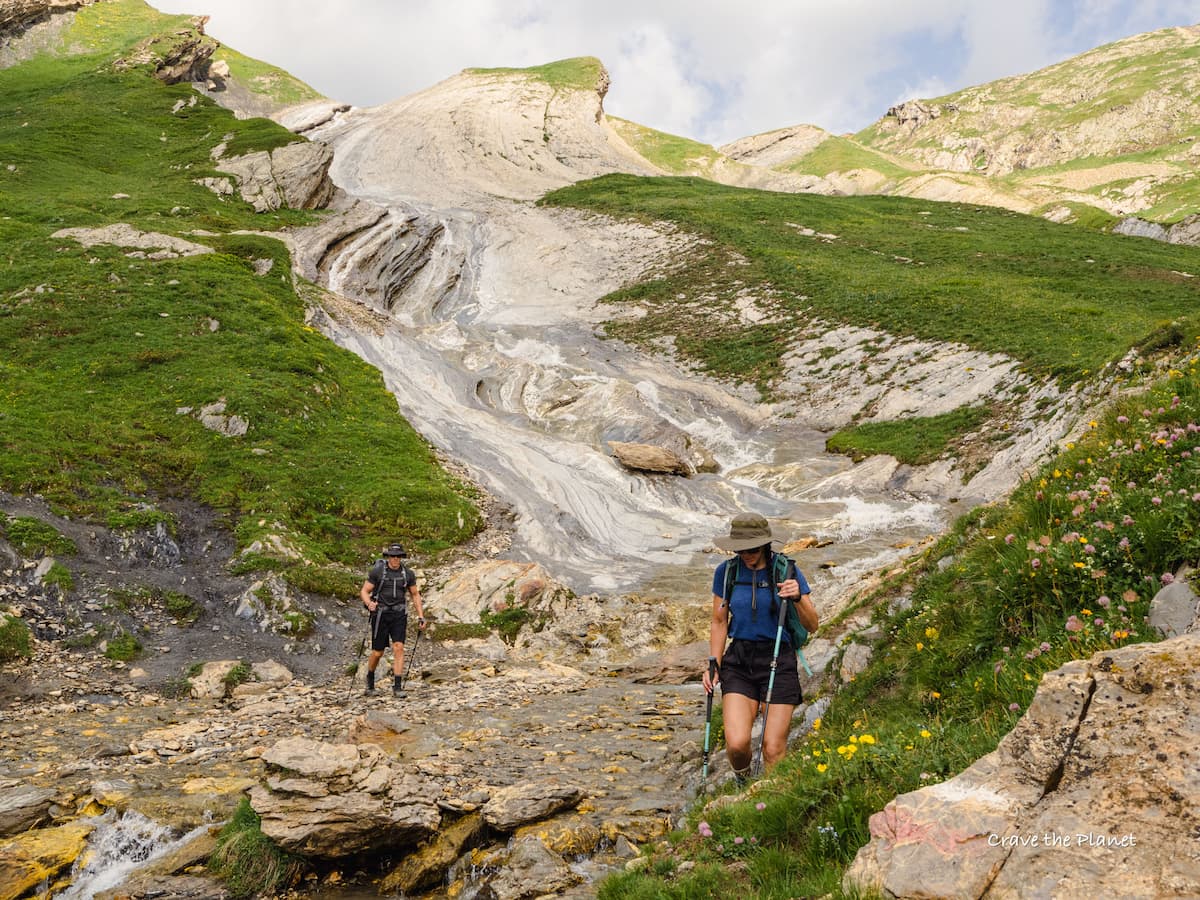Hiking can build muscle, particularly in the lower body. It’s an effective workout for legs, glutes, and core strength.
Engaging in an activity such as hiking is not just a soul-soothing experience but also an excellent way to enhance physical fitness. The dynamic terrain challenges your muscles in unique ways, promoting strength gains in your quadriceps, hamstrings, calves, and buttocks.
As you traverse uphill or navigate uneven paths, your core works persistently to maintain balance, contributing to muscle development in the abdomen and back. The resistance provided by the natural environment, combined with the distance covered during a hike, ensures a comprehensive workout that can bolster muscle endurance and power. Hiking not only sculpts the body but also boosts cardiovascular health, making it a well-rounded form of exercise for those seeking both adventure and fitness.

Credit: www.facebook.com
Hiking: A Pathway To Strength?
Hiking challenges your muscles with varied terrain and inclines. Unlike the gym, trails require you to use stabilizing muscles to keep balance. Leg muscles, such as your quads, hamstrings, and calves, work hard during uphill climbs. Downhill treks engage your glutes and improve joint stability.
Comparing hiking to weight training, hiking offers a dynamic routine. It means your body moves in many ways. Traditional lifting focuses on specific muscles at a time. But hiking involves your whole body. Many people find hiking more enjoyable than lifting weights.
| Hiking | Strength Training |
|---|---|
| Full body workout | Targeted muscle groups |
| Engages stabilizing muscles | Muscle isolation |
| Natural terrain variability | Controlled environment |
| Outdoor experience | Indoor activity |
Understanding Trail Terrain
Trails offer different types of ground and terrain which works various muscle groups. You may find yourself walking on sand, rock, or mud, each pushing your muscles in unique ways. This constant change in the landscape requires your body to adapt, strengthening your legs, core, and even upper body as you maintain balance.
Inclines force your muscles to work harder, especially during uphill sections. Your glutes, hamstrings, and calves are significantly engaged, promoting muscle growth and endurance. Descending also offers benefits, emphasizing your quadriceps and knee stability.
Muscle Groups Powered By Hiking
Hiking challenges many muscles in the lower body and core. Legs, hips, and buttocks work hard to navigate the terrain. As you climb, your thigh muscles, or quadriceps, push you up. Meanwhile, your calves and hamstrings provide stability and power. Your core includes abs and back muscles. These muscles keep you balanced on uneven surfaces.
Upper body muscles contribute less but still get a workout. Shoulders and arms gain strength from using trekking poles. The back muscles support the backpack. This leads to a toned upper body.

Credit: www.fitnessblender.com
Complementary Exercises For Hikers
To enhance muscle build, hikers should embrace various exercises. Strength training, like squats and lunges, is key.
This prepares legs for tough climbs. Resistance bands aid in creating muscle endurance.
Don’t forget core workouts. Planks and crunches build a strong torso.
Recovery is critical for muscle growth. Proper sleep and nutrition are crucial.
Post-hike, try yoga or foam rolling to ease muscle tension.
Nutrition And Hydration For Hikers
To build muscle while hiking, eating the right foods is key. Focus on protein-rich snacks like nuts, seeds, and jerky. Carbohydrates offer quick energy; consider whole-grain bread, fruits, or energy bars. Don’t forget foods with good fats, such as avocados and dark chocolate. They provide long-lasting energy for those long trails.
Hydration is crucial for muscle health and recovery. Ensure you drink plenty of water before, during, and after your hike. For longer adventures, an electrolyte solution can help maintain muscle function. Dehydration can lead to muscle fatigue, so keep that water bottle handy and sip often.

Credit: www.cravetheplanet.com
Real Hikers’ Experiences
Real hikers share their muscle-building stories from the trails. Many noticed significant changes in their leg, core, and back muscles after regular hiking. One hiker reports her legs became firmer and stronger, making uphill climbs easier over time.
Another hiker’s transformation journey includes increased endurance and more defined calves. He credits challenging terrains for his improved fitness levels. Each story echoes a common theme – consistency is key to seeing benefits from hiking.
- Emma’s Story: “My thighs and calves transformed within months of hiking.”
- Alex’s Journey: “I can trek longer now, with a noticeable muscle boost.”
- Jamie’s Experience: “Hiking sculpted my core and legs more than the gym.”
Frequently Asked Questions On Does Hiking Build Muscle
Does Hiking Improve Leg Muscle Strength?
Yes, hiking can significantly strengthen leg muscles. It involves walking on uneven terrain, which works various muscle groups. The continuous uphill and downhill motion particularly targets quadriceps, hamstrings, calves, and glutes, building endurance and strength over time.
Can Hiking Lead To Muscle Gain?
Hiking can contribute to muscle gain, especially in the lower body. While it is more of a cardio exercise, the resistance from walking on steep inclines forces the muscles to work harder. This can promote muscle hypertrophy, albeit not as much as weightlifting.
How Often Should I Hike To Build Muscle?
To build muscle, consistency is key. Hiking 2-3 times a week allows muscle recovery and growth. Pairing regular hikes with strength training exercises can also enhance muscle-building benefits. Listen to your body and allow rest as needed to prevent overtraining.
What Type Of Hiking Is Best For Muscle Building?
For muscle building, opt for strenuous hikes with steep inclines. Carrying a backpack adds weight, making the workout more challenging. Longer hikes with more elevation gain will engage your leg muscles more intensely and can lead to better muscle-building results.
Conclusion
Embarking on regular hiking adventures offers a natural pathway to muscle strength. It’s clear that trekking through varying terrains engages the body in a dynamic workout. This activity not only tones muscles but also boosts overall fitness. So lace up your boots—it’s time to hit the trails for both enjoyment and muscle building!

